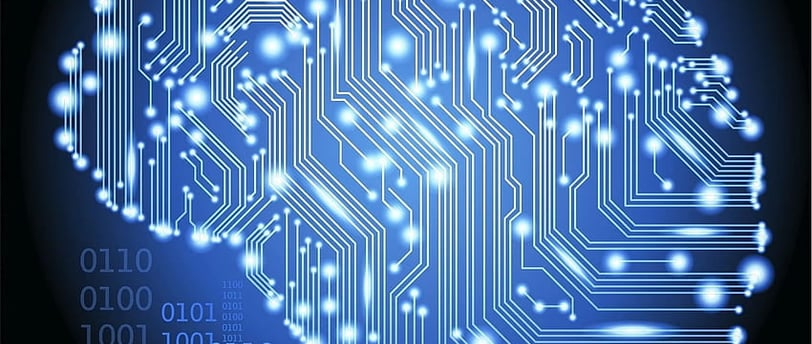AI and Robotics Courses for School Students
The Importance of AI and Robotics Courses for School Students


The Importance of AI and Robotics Courses for School Students:
Introduction:
In today's rapidly evolving technological landscape, the fields of artificial intelligence (AI) and robotics are garnering significant attention. As society becomes increasingly reliant on advanced technologies, it is crucial for school students to develop the necessary skills and knowledge in these domains. In this blog post, we will explore the importance of AI and robotics courses for school students and how they can shape their future.
Preparing for the Future:
AI and robotics are revolutionizing various industries, including healthcare, manufacturing, transportation, and more. By introducing school students to these fields at an early age, we are equipping them with the skills needed to thrive in the future job market. Understanding AI and robotics concepts will enable them to adapt to technological advancements and stay ahead in their careers.Enhancing Problem-Solving and Critical Thinking Skills:
AI and robotics courses foster critical thinking and problem-solving abilities in students. These courses encourage them to analyze complex situations, break them down into manageable components, and develop innovative solutions. Through hands-on projects and experiments, students learn to think logically, experiment with ideas, and collaborate effectively – skills that are invaluable in any profession.Fostering Creativity and Innovation:
AI and robotics courses stimulate creativity and innovation by encouraging students to think outside the box. These courses provide opportunities for students to design and build their own robots, program AI algorithms, and explore cutting-edge technologies. By engaging in such activities, students unleash their creativity, develop their imagination, and cultivate a mindset of innovation.Encouraging Interdisciplinary Learning:
AI and robotics are not limited to computer science; they encompass various disciplines such as mathematics, physics, engineering, and even ethics. Incorporating AI and robotics courses into the school curriculum promotes interdisciplinary learning, allowing students to connect concepts from different subjects and gain a holistic understanding of their applications.Nurturing Collaboration and Teamwork:
AI and robotics courses often involve group projects and collaborative tasks. Students work together to solve problems, design robots, and program intelligent systems. By engaging in teamwork, students learn to communicate effectively, delegate tasks, and appreciate diverse perspectives. These skills are invaluable in real-world scenarios, where collaboration is essential for success.Building Ethical Awareness:
AI and robotics raise ethical questions and concerns regarding privacy, bias, automation, and the impact of technology on society. Introducing students to these courses allows for discussions on ethical considerations, responsible use of AI, and the consequences of technology misuse. By fostering ethical awareness, students are better equipped to navigate the ethical challenges that accompany technological advancements.
Conclusion:
AI and robotics are transforming the world we live in, and it is essential for school students to be well-versed in these fields. Through AI and robotics courses, students develop critical skills, such as problem-solving, critical thinking, creativity, and collaboration, while also gaining a deep understanding of emerging technologies. By investing in AI and robotics education for school students, we are nurturing a generation of innovators and problem solvers who will shape our future for the better.



